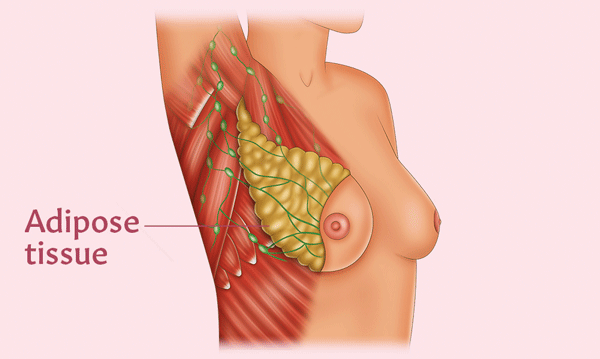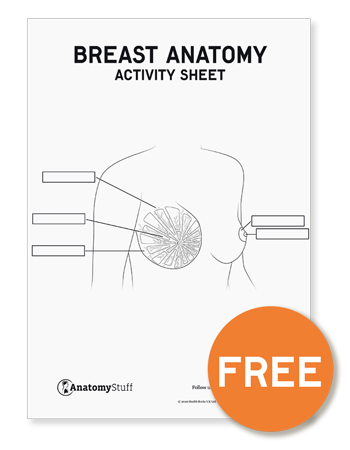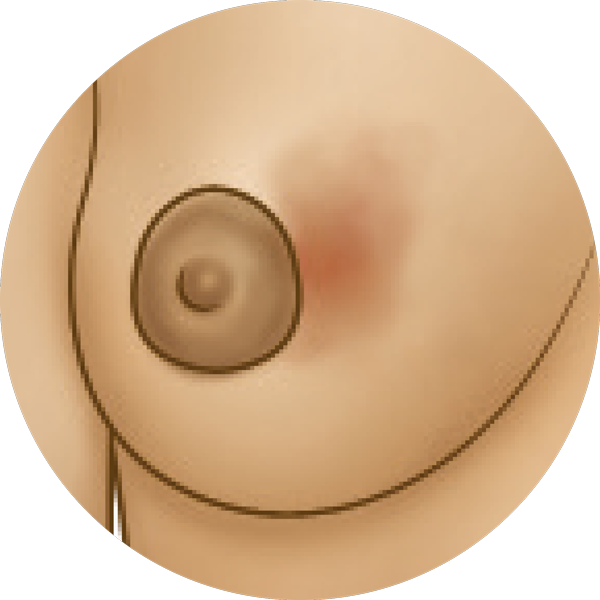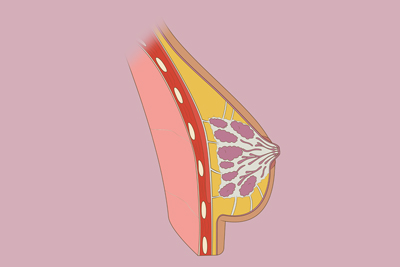Female Breast Anatomy
The female breast is made up of glandular tissue, connective tissue, and fat and it is located on the chest wall. The breast has a nipple and areola, which can vary in size and colour. The glandular tissue is responsible for producing milk, and the fatty tissue provides support and shape to the breast.
Women should be aware of how their breasts look and feel and regularly check for any changes or abnormalities. If there are any concerns, or issues noted, speak to a healthcare profssional.
Learning about breast anatomy is vital for understanding how the female body works and maintaining good breast health. By understanding the structure and function of the breasts, you can better detect any changes or abnormalities and be proactive about seeking medical attention if needed.
Discover more about breast anatomy and health with our free resources section, which includes educational free activity sheets and posters. These resources can help you stay informed about breast health and provide guidance on breast self-exams and early detection.
Breast Cancer Education
Regularly checking your breasts is important for maintaining good breast health. By doing self-exams, you can become familiar with the normal look and feel of your breasts and be able to detect any changes or abnormalities.
Early detection of breast cancer is key to successful treatment, and self-exams are an important part of that process. It's recommended that women perform breast self-exams monthly and receive regular mammograms as recommended by their healthcare provider.
Don't hesitate to speak with a healthcare provider if you notice any changes or have concerns about your breast health.
Breast changes to look out for
Our breast self-examination video provides step-by-step guidance on how to properly examine your breasts for any changes or abnormalities. It's an educational resource that can help raise awareness about breast health and the importance of regular self-exams for early detection of breast cancer.
The Anatomy of Breast Cancer
Breast cancer is a type of cancer that develops in the cells of the breast tissue. There are different types of breast cancer, including ductal carcinoma, lobular carcinoma, and inflammatory breast cancer.
Diagnosis usually involves a combination of imaging tests, such as mammograms and ultrasounds, and a biopsy to examine the breast tissue for cancer cells.
Treatment for breast cancer depends on the stage and type of cancer and may include surgery, radiation therapy, chemotherapy, or hormone therapy. In some cases, a combination of these treatments may be used.
Learning about breast cancer is essential for understanding risk factors, signs and symptoms, and treatment options. This knowledge can empower individuals to take control of their breast health and seek medical attention if needed, potentially leading to better outcomes.
Fancy a more in-depth look at the female breast? Read our new Female Breast Anatomy Revision Guide, which provides a comprehensive understanding of breast anatomy and muscles which innervate the pectoral region.
Educating yourself about breast cancer is something that will help you understand the risk factors and detect any signs or symptoms early on. This can empower you to take control of your breast health and seek medical attention if needed.
When diagnosed with breast cancer, you can expect to undergo a series of diagnostic tests and imaging exams to determine the stage and type of cancer. Treatment options will then be discussed with you.
Support from friends, family, and medical professionals can be helpful, as can engaging in self-care activities such as exercise, meditation, and therapy. Joining a support group can also provide a sense of community and understanding.
















